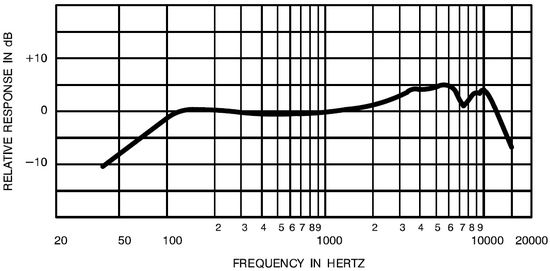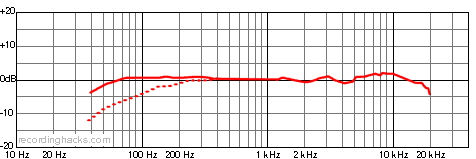1. Microphones
King Arthur had Excalibur. Luke Skywalker had his lightsaber. We have our microphones. The Wexler Studio carries out a number of different functions throughout the year, but everything is centered on these small yet powerful devices. Although all microphones work basically the same way, subtle differences in construction result in dramatically different results.
For example, let's take a closer look at two popular microphones that have been industry standards for over 40 years: the Shure SM58 and the Electro-Voice RE-20. Look at these two microphones. Do you recognize either of them? What are their physical differences? Each is intended for a different practical application. Can you guess what each intended application is based on the microphone's physical appearance?
Now listen to the differences in sound between the two. What do you notice? What do you think causes these differences?
Visually, you may be more likely to recognize the SM58, especially if you've ever been to any sort of live performance. This is a microphone meant for handling, given its closed base and pickup response which minimizes noise to the rear of the microphone (more on this later). The SM58 is also a famously durable microphone—do a quick YouTube search ("Shure SM58 durable," for example) and you'll find an interesting selection of "extreme" tests to prove the mic's reliability. Its combination of reliability, noise handling, and unobtrusive design make it a universal staple of live performance.
The RE-20, on the other hand, is popular in recording and especially in live broadcast. Its body features open panels that optimize incoming airflow and reduce the "popping" sounds of plosive consonants such as P's. It's also known for its even response pattern, meaning that its translation of the voice (or any other sound) is relatively "pure". For live concert application, this might mean that the RE-20 lets in too much (although a bass roll-off switch can help cut out some of the excess bass), but for a properly soundproofed recording space it's great at picking up the nuances. Another feature, known as "Variable-D," prevents vocals (or other sounds) from losing bass frequencies as the source moves around, closer to, or further from the microphone. In broadcast situations this represents a huge advantage as the speaker can remain fairly active while speaking without having to worry about holding the microphone in one hand.
Let's try a third microphone—the Electro-Voice RE-50/B. This microphone is also an industry standard, but you might not recognize it without its micflag. Notice anything different about how this microphone sounds? How about how it works?
Readings and Resources
- Dynamic vs. Condenser (About.com)
- Pickup Patterns (HeilSound)
- Dealing with noise (Audacity)
- Be able to describe the differences in frequency response between an SM58 and an RE20.


